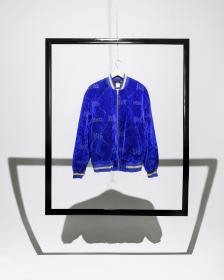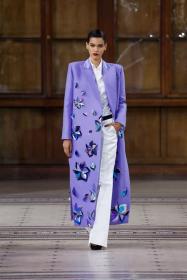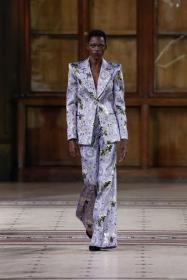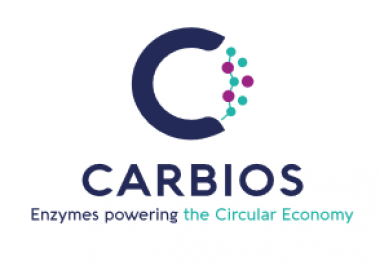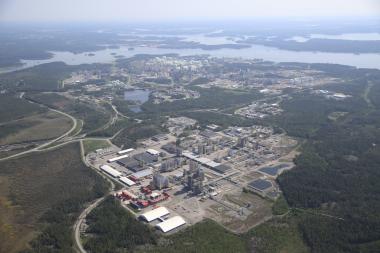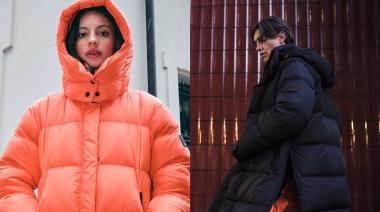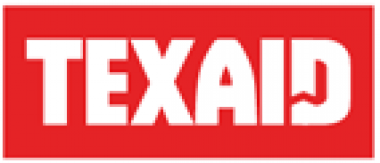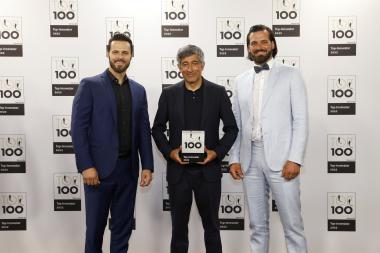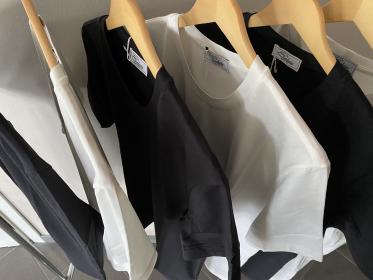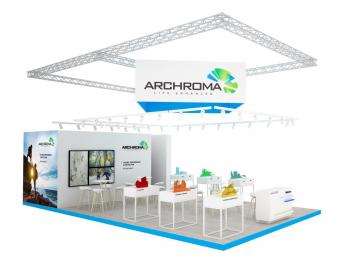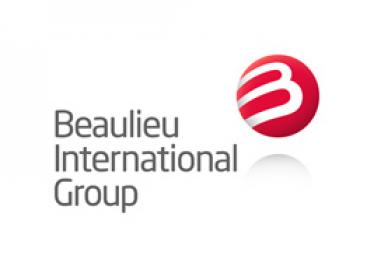ISKO™ presents Luxury collection by PG at Première Vision in New York
ISKO teams up with Paolo Gnutti, to break new ground in the world of premium, luxury denim. Combining ISKO’s advanced denim technologies with PG’s creative vision, the result is a special ISKO™ Luxury collection by PG, characterized by a unique high-end appeal.
The collection embodies ISKO’s most revolutionary technological innovations combined with the long-standing expertise of Paolo Gnutti, who explored aesthetics highly profiled to the unique needs of the luxury segment through 7 main moods:
- Denim addicted, celebrating total denim looks, offering classic silhouettes mixed up with revised volumes and details;
- Y2k, bringing back the 2000s typical style featuring exposed skin, low waist pants, micro tops, mini skirts, shrunken garments, butterfly decorations and embellishments;
- Fanaticism, featuring bright, bold colors, intricate prints and logos combined with details that meet ample volume styles;
- Bounder glam, all about glammed-up leather effects inspired by bikers' unapologetic style and applied to oversize fits, cutouts and lace-ups styles;
- Moto’roll, where the iconic 60s and 70s biker style is back with a modern twist and a vast range of treatments and fabrics, offering men and women true crowdpleasers;
- Gingham mania, an in-depth exploration of the gingham trend which finds expression through various dimensions and techniques that cater to any silhouette;
- Rugged re-made, which celebrates workwear and historical garments creating a style that combines history with technologies, solutions and treatments to recreate that vintage look dear to the heart of lovers of denim heritage
ISKO / Menabò Group srl


